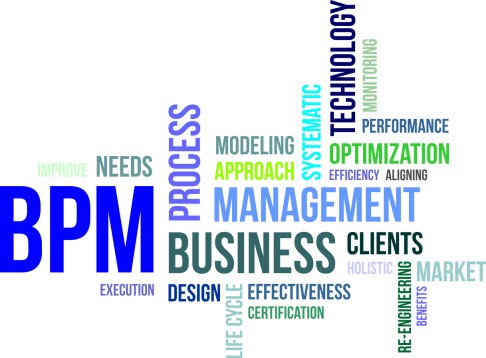An endless stream of new acronyms appear in the IT field, and BPM is among the newest ones. Recently, the concept of BPM started entering the lives of large and small corporations more firmly. During the company’s development, different business processes constantly change and improve. All changing processes must find their reflection in the corporate information system. However, very often the reference models of different business process are hard-coded into the system, and any change requires significant software modifications.
With bpm’online (https://www.bpmonline.com/crm) you do not have to change the functionality of the system at the stage of business process transformation, or any other changes in the company. Business processes – is the foundation of the BPM platform (https://www.bpmonline.com/platform/workflow). If you need to fulfill any domain logic for any programming, that is needed for the implementation of business logic in the system and create graphical user interfaces, it is enough just to change the business process model, so the desired functions can appear in the application.
BPM online platform is based on the BPMN standard, therefore, graphical models of business process, which are created in a special visual designer, will be apparent to all users:
- analysts, who create a process model;
- technicians, who provide automation;
- users, who perform different actions during business processes.
Use of online BPM can significantly reduce spending on system developing by enabling flexible configuration of the system to support permanent changes in a company’s business process.
The main task of the business process management software is to consider business processes of any enterprise as assets, as their usage can increase the company’s profitability. A tool used for it can be anything: a sheet of paper, a text document, the Visio or any other means to create charts. But there is a class of instruments that are specifically designed to serve as a tool for the transformation of your business – a BPM platform.
BPM tools of the platform
BPM platform can be used as a basis for building an integrated BPM-system and it contains all the necessary tools, including:
- A full-featured, extensible business process editor that allows employees who do not have a technical education, to simulate the BPM processes of any complexity.
- The means of the debugging process in simulation mode.
- The major and competitive Workflow-system that ensures the implementation of the processes and their visual monitoring tool.
- The mechanism of gateway software, providing the possibility of seamless integration with other corporate applications of IS processes.
- BPM platform tools for the description and accumulation of the metrics, processes and their presentation in reports, using a standard platform mechanism.
These tools allow you to implement BPM system together with the basic means of company’s workflow on a single platform. Business Process Management is the key to company’s success and constant growth on the market. Informational BPM system and other programs of the BPM software are easy to use. They are easy to understand, as the software platform is designed in accordance with ISO 9001 standards and internationally recognized models (in particular, the CMMI 3). The system occupies a leading position on the market and is constantly working on improving the technical base and on the expansion of the services list.
Basic components of BPM platform
BPM platform should include the following basic components:
- Process Designer;
- Process Engine;
- Activity Monitor.
Process Designer serves for creating a process model, which defines the sequence of operations and data flows. Also, it helps to introduce the routing rules and exception handling, set electronic forms used by participants to perform tasks manually, as well as actions for the integration of automated business systems. Designer allows to construct a model in the form of a graphic chart, defining workflow, describing the details of this model in the form of the individual steps or sub-processes in general. This component is the key mean of the process developing for business analysts, rather than for programmers, so it must provide an introduction of amendments to the business process through a simple modification of the graphic chart.
Process Engine monitors the implementation of the process at every moment, and ensures the consistency of a process, which is given in its graphical model. To perform operations manually, the participants of the process are sent notifications of their assigned tasks. For the steps of the process that include the automation of operations through business applications (ERP, CRM, legacy systems, etc.), the process engine supports a single integrated environment. It converts the private API and data model in a standard interface to access heterogeneous systems, making it possible to transform them into reusable business process components.
Activity Monitor tracks the status of implementation of each operation process, analyzes productivity and audits the procedural history. This information allows for investigating the possibility of improving individual operations and increasing the productivity of the overall process. The data source for the activity monitor is a store, which is updated with the information on the status and history of each process at the stage of the system implementation.
























